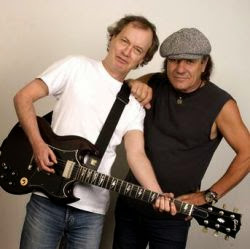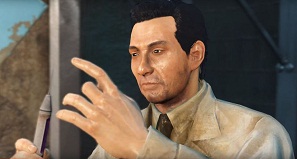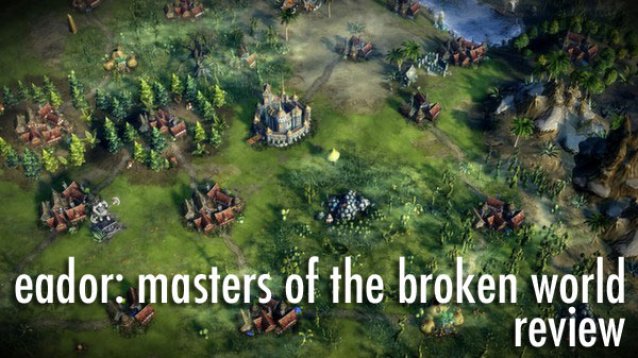

Flower is likely to inspire the sort of purple prose that always appears whenever games skirt the periphery of ‘art’; but to bury the game under a load of pretentious hyperbole is to do it a disservice. The concept – guide a bunch of petals around evocative landscapes, gradually bringing colour and life back to the world – is strong enough that such prose is redundant. This is a beautiful, immediately enjoyable experience in its own right and you shouldn’t let the seeming pretension of the concept put you off.
The game is framed within an initially miserable apartment in a dark and dingy urban setting. Each of the six stages is presented as a wilted flower on a shelf; tilt the controller to select one, press any button to zoom in and be transported to a dream-like rural landscape. Once inside the first stage, there’s an immediate hit of the unfamiliar. From the control scheme to the setting, to your ‘goals’ in the game world, Flower is an unusual experience. There’s just enough here to qualify being called a game, but it’s one where elements such as sound, atmosphere and animation are brought to the foreground and more primary game-play elements, like control, are minimized.
The purpose in each stage is to rejuvenate the environment by directing an ever-expanding ribbon of petals into the glowing flowers dotted around. Each flower you brush against will bloom and add petals to your collection; make enough of them bloom and a previously drab patch of earth will turn an illustrious green, a dead tree will be reborn, or a rock formation will crumble, allowing you to pass. Steering the petals is as simple as tilting the controller from side to side and holding any button to move forward on the breeze. It’s a distinctive experience that’s difficult to express – essentially you control the wind, and use it to direct petals caught within your gust.
Flower doesn’t threaten with failure and puts few obstacles in your path. It takes a while to discover all the flowers but that’s the only challenge you face. None of this matters, at least at first, because of the inherent joy you experience from movement. There’s a refreshing freedom to rippling through the most realistic grass we’ve ever seen, or flying carelessly through the air. It takes a while before you notice that much of the freedom is illusory – the stages are actually quite small, barriers of wind preventing you from venturing into the horizon – but you never become complacent with the thrill of flight. It’s at least as satisfying as Mirror’s Edge’s first-person parkour.
Despite the deceptively bright and sunny opening stage, the tone soon shifts, and you find yourself in some contrasting, moody and oppressive environments. The dark, lonely atmosphere recalls Shadow of the Colossus – as does the mournful orchestral soundtrack. It’s almost a shame that your job is to heal this blighted world, because the stormy, rain-soaked environments are so evocative. As you rejuvenate the stages your progression is subtly marked by the flowers in the apartment blooming and the room itself becoming sunny and colorful.
Static cut-scenes appear between levels, depicting the urban sprawl of the city undergoing similar changes. These brief moments are the only ‘story’ the game needs, tying a loose collection of stages together into a unified whole.
The last level actually buys into this city-healing theme by presenting a miserable cityscape and tasking you with bringing it back to life. It’s a wonderful climax and a powerful moment in its own right. The only real problem with Flower is its length. The six stages will take, at most, about three hours to plough through. There’s little replay value – aside from obsessively collecting every petal, or wheeling out the title to prove to relatives that games aren’t all about murderizing people and racing really fast – but the time you spend playing Flower will make an impact. It may barely qualify as a game in the traditional sense but Flower’s evocative world deserves to be experienced by all.
Feb 12, 2009




 AC / DC announce North America tour 2015, dates / setlist
AC / DC announce North America tour 2015, dates / setlist Fallout 4 Chems Healing Effects, Cure Drug Addiction
Fallout 4 Chems Healing Effects, Cure Drug Addiction Eador: Masters of the Broken World Review
Eador: Masters of the Broken World Review Interview With Brian Martel: Homeworld Remastered Collection
Interview With Brian Martel: Homeworld Remastered Collection Top 10 PS3 Games of 2012
Top 10 PS3 Games of 2012